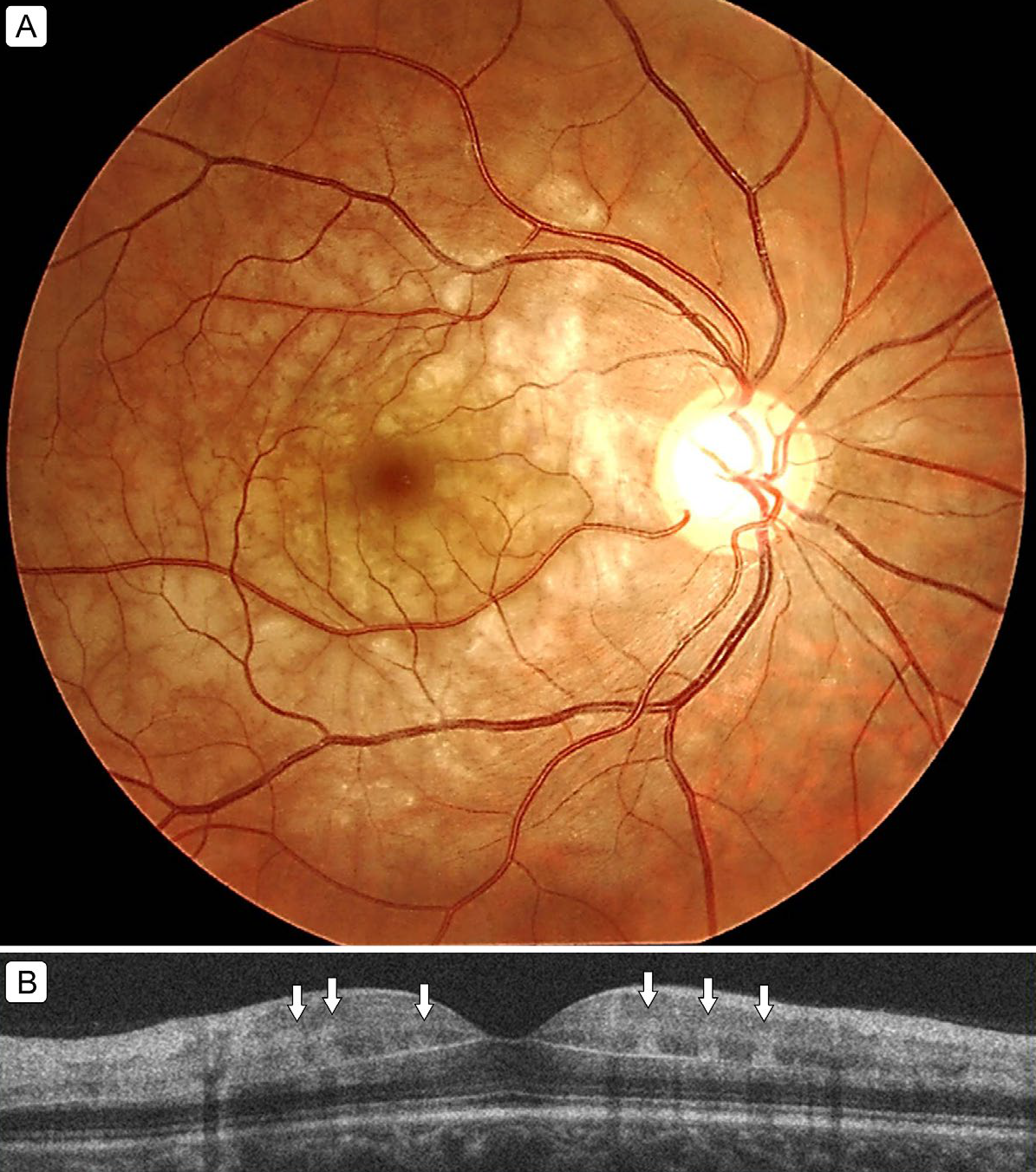 |
|
This study found that, compared to patients with PAMM associated with retinal vascular disease, over 90% of those with isolated PAMM had an underlying medical condition, as well as an increased risk of cardiovascular events. Photo: Makino S. Digital J Ophthalm, Aug. 17, 2022. Click image to enlarge. |
Recently, researchers conducted a longitudinal study to evaluate the risk of cardiovascular events (CVE) among patients with paracentral acute middle maculopathy (PAMM), an acute ischemic event in the retina characterized by a hyperreflective band at the inner nuclear layer on OCT. In a prior investigation, they found a higher prevalence of cardiovascular diseases in patients with isolated PAMM compared to those with combined PAMM and retinal vascular disease (RVD). Now, in the current study, the same research team aimed to identify the spectrum of systemic diseases found in these patients and the characteristics of CVE risk. Notably, they found that over 90% of patients with isolated PAMM had an underlying medical condition, along with an increased risk of CVE.
The retrospective cohort study was conducted at an eye hospital in London and included 43 individuals with PAMM documented on OCT. The researchers recorded the presence of concurrent medical disorders and followed up with the patients to observe the incidence of CVE.
After stratifying the cohort by age (older vs. younger than 50 years), analysis of the data revealed that individuals with isolated PAMM, especially older adults, have a considerably higher short-term risk of developing systemic CVE (over a 14-month follow-up period) compared to those with PAMM associated with RVD. This was still true after adjusting for age and sex, the study authors noted. Additionally, the risk appeared to be higher in the peri-onset timeframe.
Another major finding from this study: “In 91.5% (11 out of 12) of isolated PAMM patients, we reported an underlying systemic disorder or triggering factor in association with the development of PAMM, including sickle cell disease, hypercoagulable state, migraine and vasoactive systemic medication use,” the researchers explained in their paper, published recently in American Journal of Ophthalmology. “Conversely, in individuals diagnosed with both PAMM+RVD, we did not observe any underlying medical disorders, as RVD itself predominantly contributed to the onset of PAMM in this group.”
Regarding visual outcomes in PAMM, the condition was associated with good final visual acuity, with only three patients (6.8%) experiencing permanent vision loss. The authors explain in their paper that PAMM is reported to be a self-limiting disorder with good visual prognosis; however, in some cases, “permanent, paracentral scotoma can result, depending on the extent of ischemic injury to the retina,” they wrote.
Several limitations of this study should be considered, such as its small sample size, retrospective nature, potential documentation bias (all CVE may not have been reported), possible selection bias and unassessed intervention effects, potentially overlooking factors that could mitigate the risk or severity of the events.
All in all, these findings suggest that isolated PAMM may manifest as an early sign of serious vascular diseases including, but not limited to, giant cell arteritis and carotid occlusive disease, potentially leading to life-threatening conditions such as stroke and heart diseases. However, further research with larger, prospective studies is necessary to better understand the implications of PAMM in predicting and managing cardiovascular risks.
Limoli C, Raja LD, Wagner SK, et al. Paracentral acute middle maculopathy and risk of cardiovascular disease, stroke, and death: a longitudinal study. Am J Ophthalmol. August 16, 2024. [Epub ahead of print]. |


